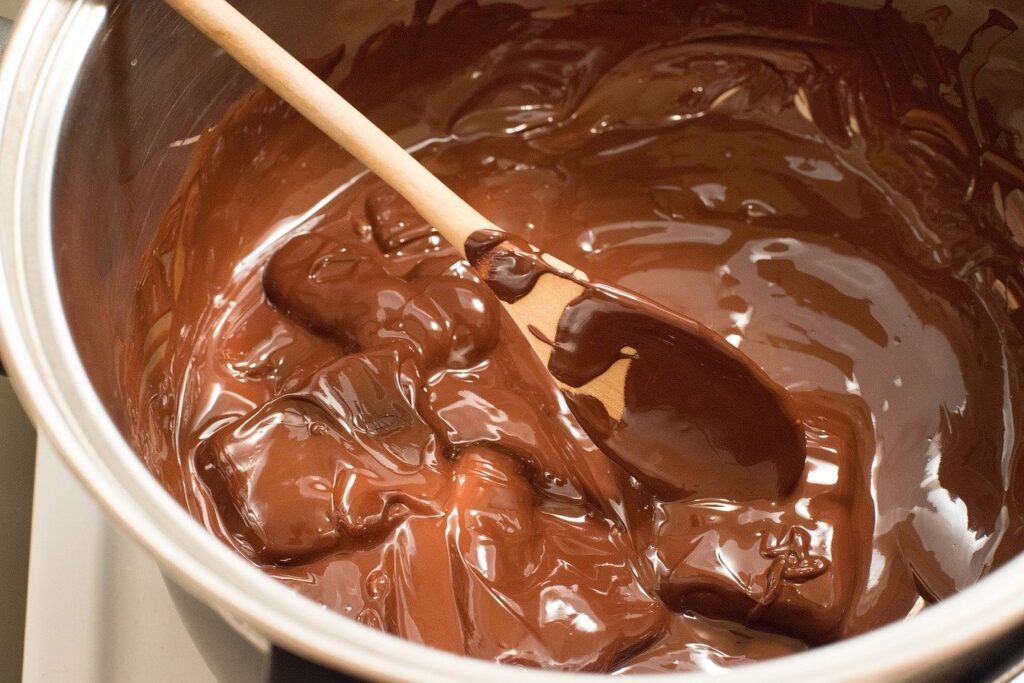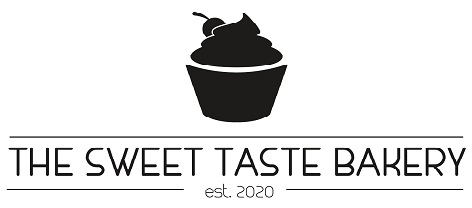A few common baking terms you need to know…
What’s a bain-marie used for? How do you bloom ingredients? And what does ‘temper’ mean?

Recipes can be full or utter jargon if you’re new to baking. But, being the friendly neighborhood baker that I am, I’m here to help.
I’ve put together a list of a few common terms to make baking a breeze! Don’t forget to bookmark this page for future reference!
All-purpose flour: You’ll most likely find this ingredient in American recipes, but it simply means plain flour.
Bain-marie: Also known as a hot water bath or double boiler, this is a bit of kit used to heat ingredients gently. It’s commonly used for melting chocolate
Beat: Beating your ingredients means mixing them vigorously to combine and incorporate air. It’s typically done with a fork, whisk, stand mixer, hand-held mixer or food processor.
Baking blind: The process of partially or fully baking pastry without a filling. Once the pastry is in a dish, it’s covered with greaseproof paper or foil and weighed down with pie weights, rice or baking beans.
Bloom: This term will usually come up in reference to gelatine. Blooming simply means to hydrate and soften gelatine in liquid, for example, sprinkling powdered gelatine into water and letting it sit for five minutes.
Cream: The creaming method refers to mixing fats and sugar together until pale and fluffy; the fat being butter in most cases.
Egg wash: This is an egg mixture – a whole egg, egg white or egg yolk – that’s used to add rich golden colour or gloss to your baked goods, e.g. scones and pies. Some recipes will ask you to add additional liquid, such as milk or water.
Fold: This is the term used to describe gently combining ingredients that have already been whipped, or carefully adding ingredients to a delicate mixture.
Glaze: Similar to an egg wash, glazing covers the surface of baked goods with a layer of glossy liquid, e.g. covering a donut in icing.
Grease: Plain and simple – to coat a baking tin or dish with a lubricant such as butter or oil to prevent sticking.
Soft peaks: When cream or egg whites are whipped/beaten until they hold some of their shape, but melt back into the mixture after some time.
Stiff peaks: A stage further on in the whipping process than soft peaks – when you lift your whisk or beaters from the bowl, your egg whites or cream should hold their shape.
Temper: Typically used when referring to chocolate, this is a technique that heats and cools it in a specific way, aligning the chocolate’s crystals to make it super smooth and glossy.
What are some of the most common baking terms you’d like to know more about? Drop me a comment below!
